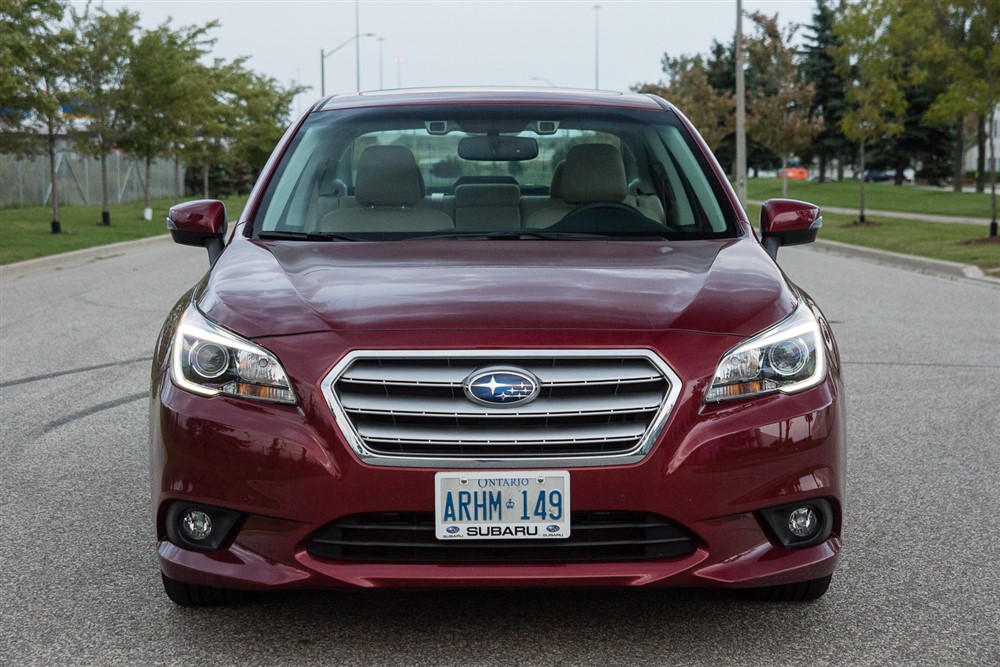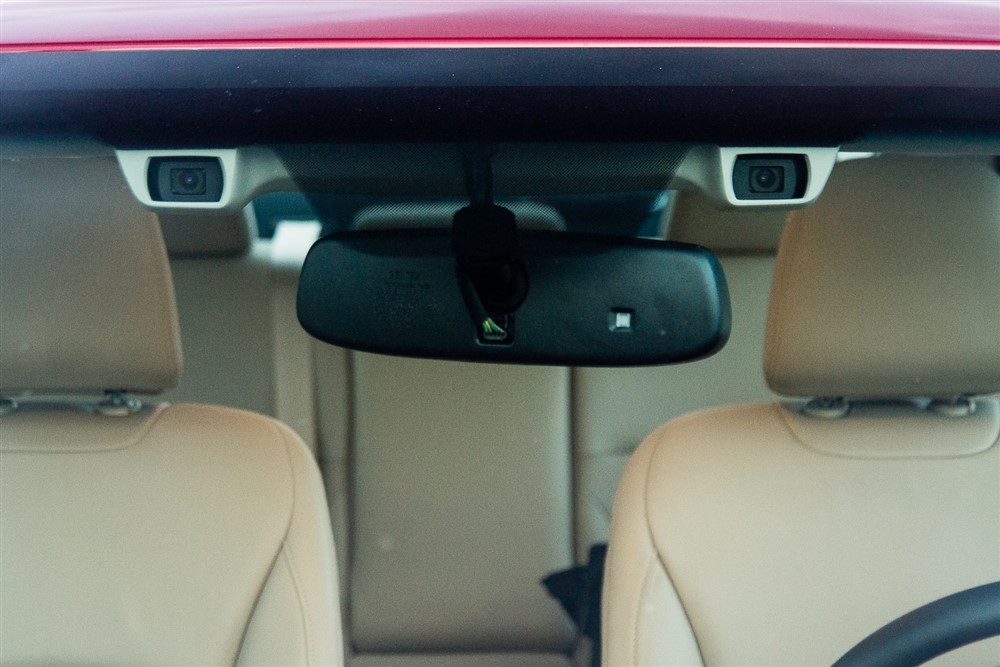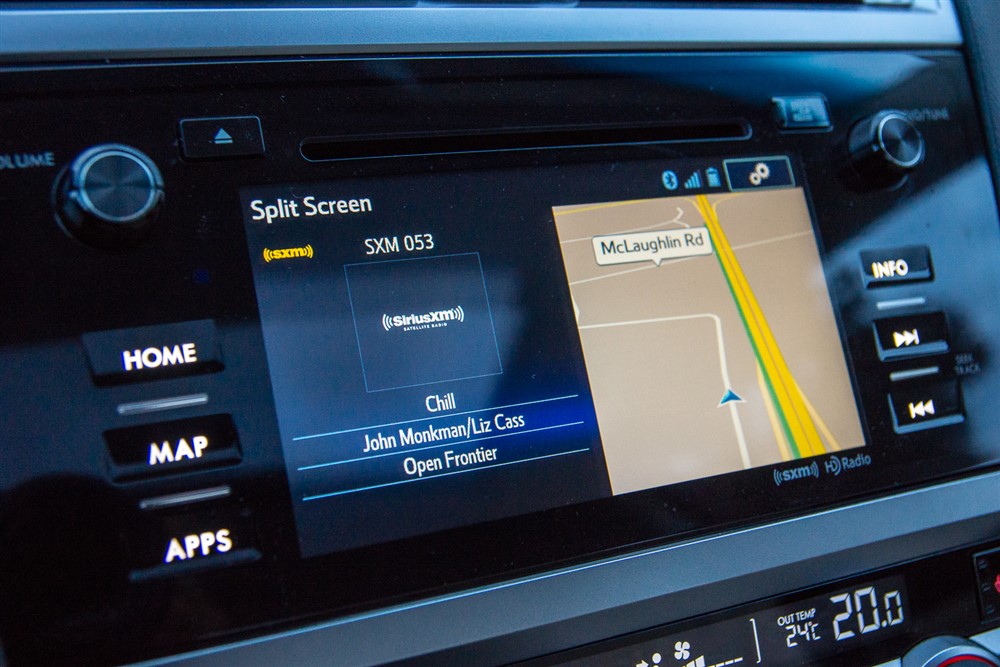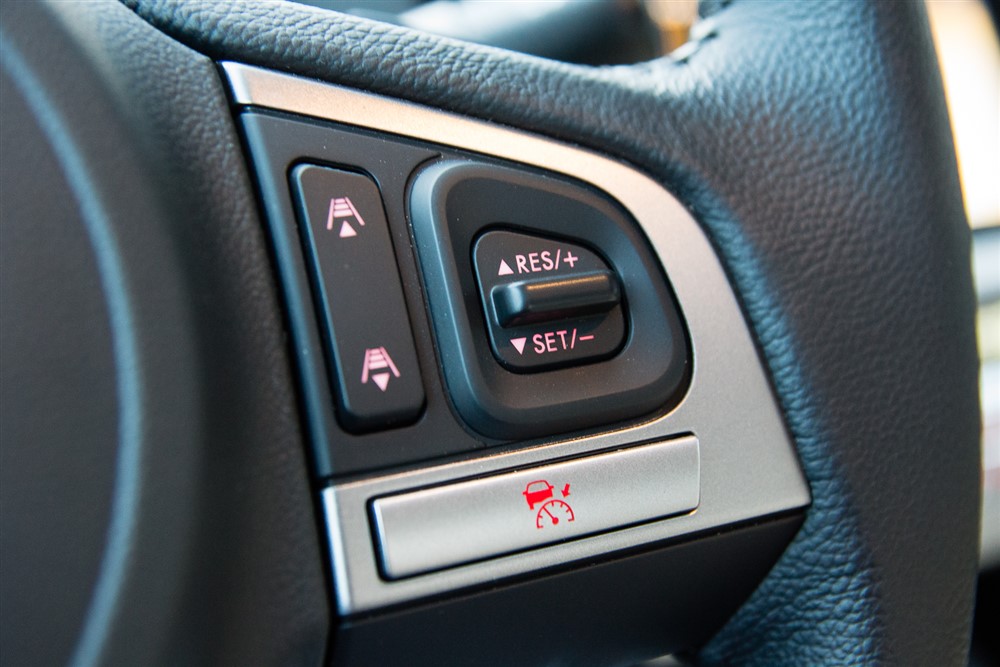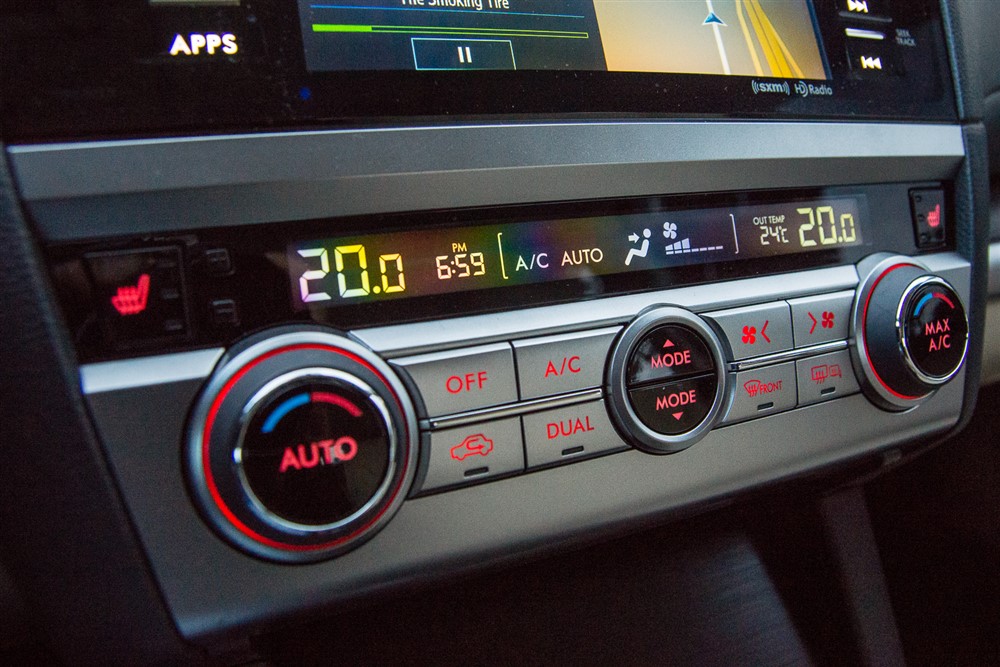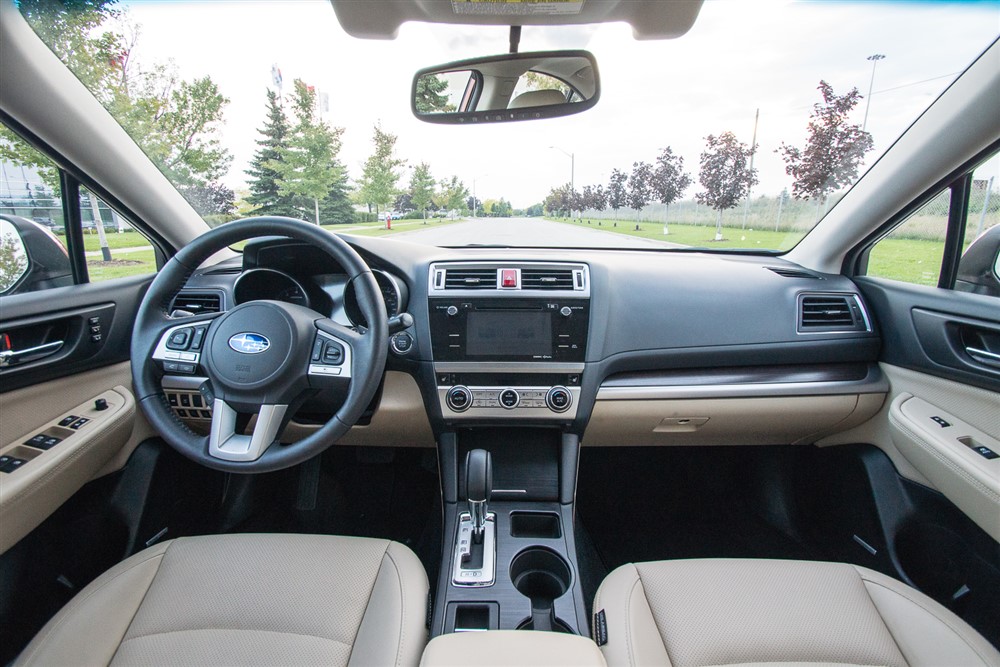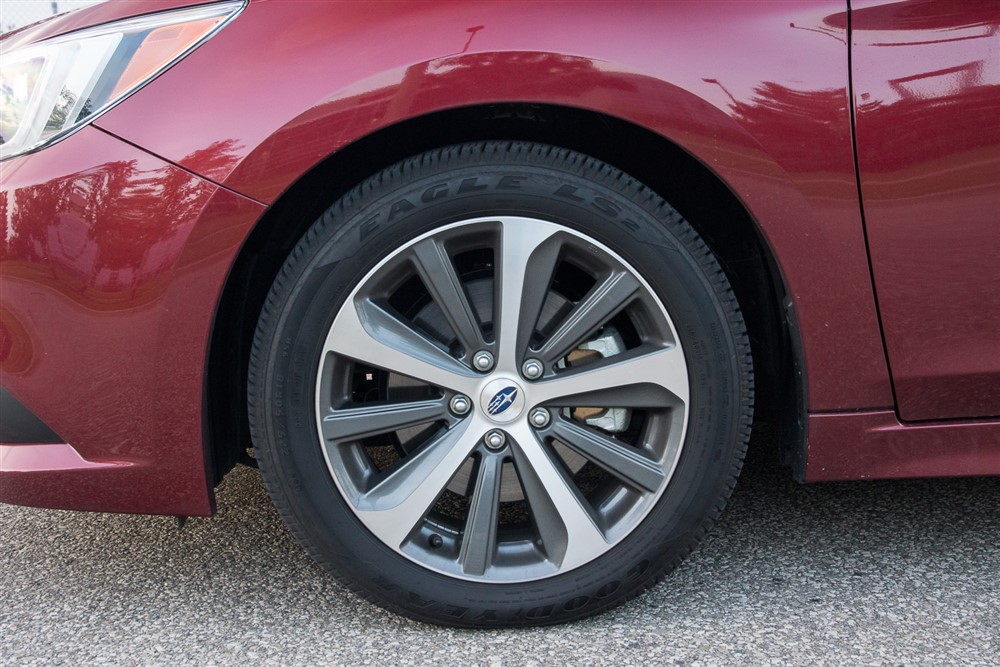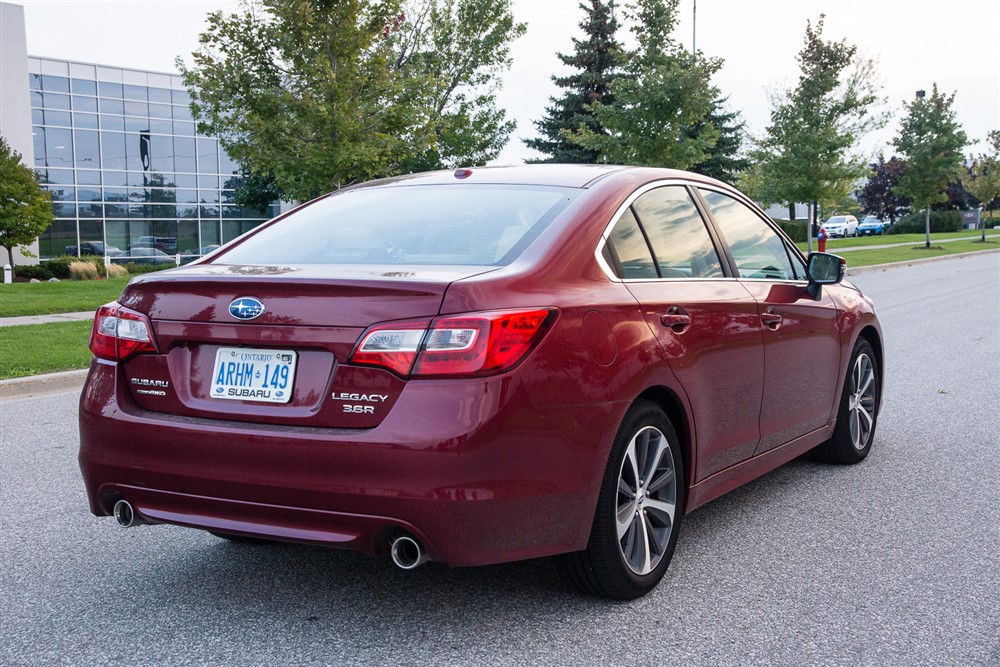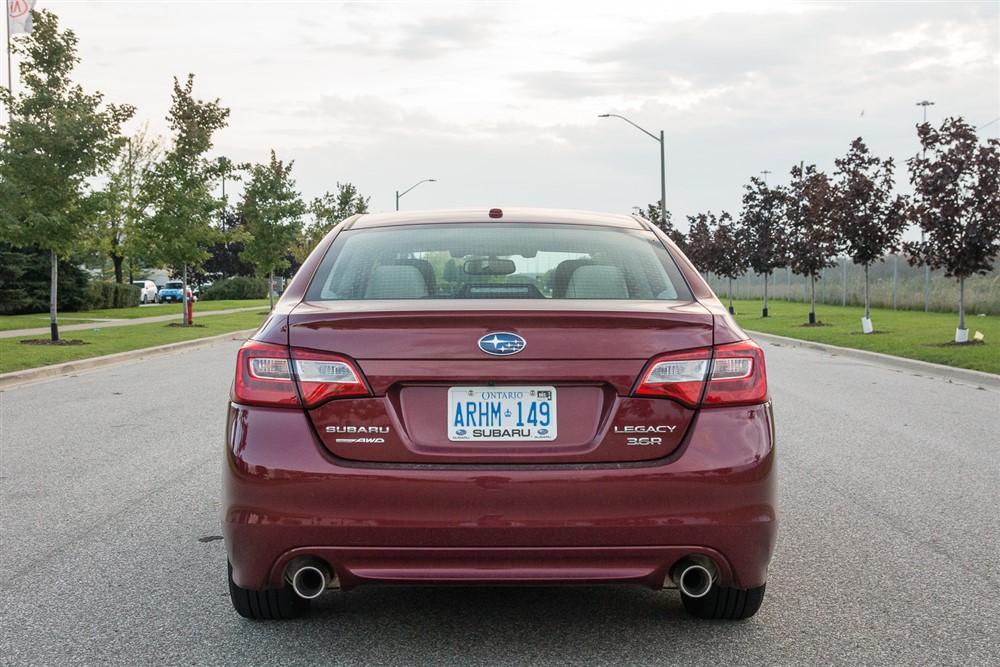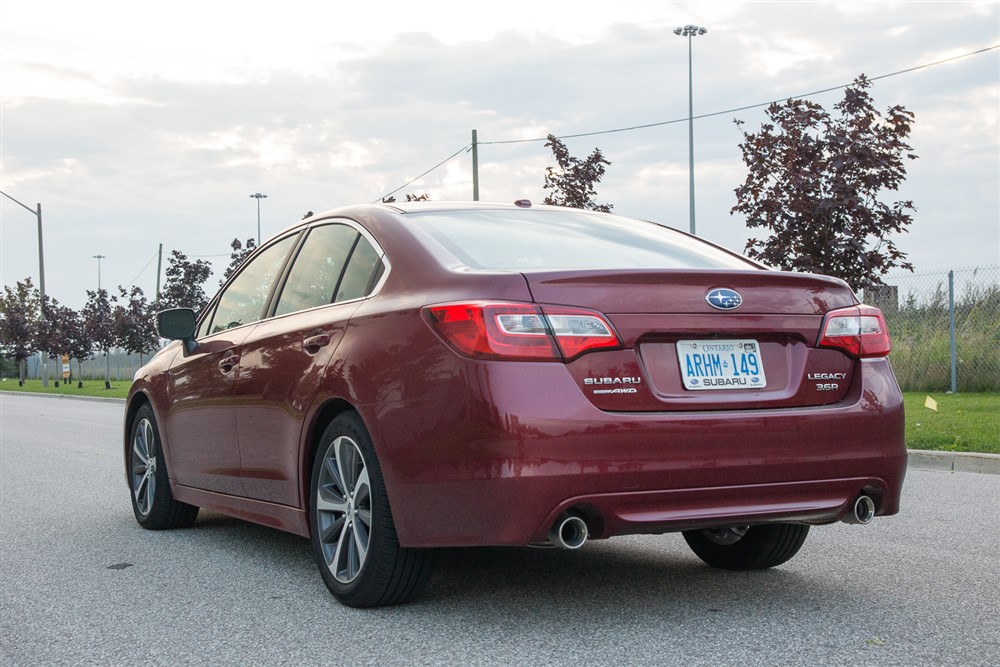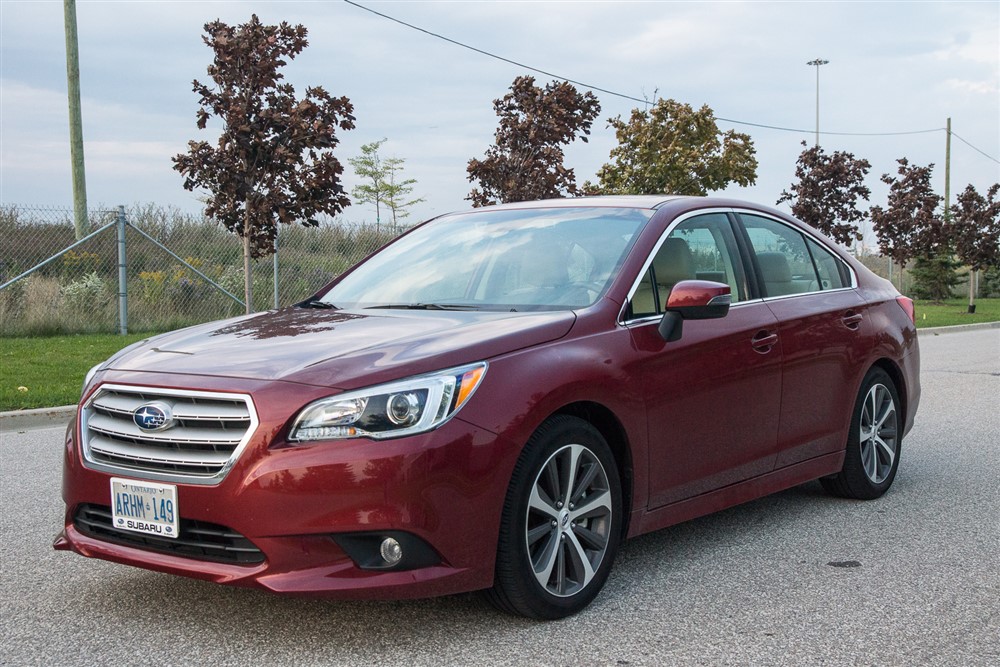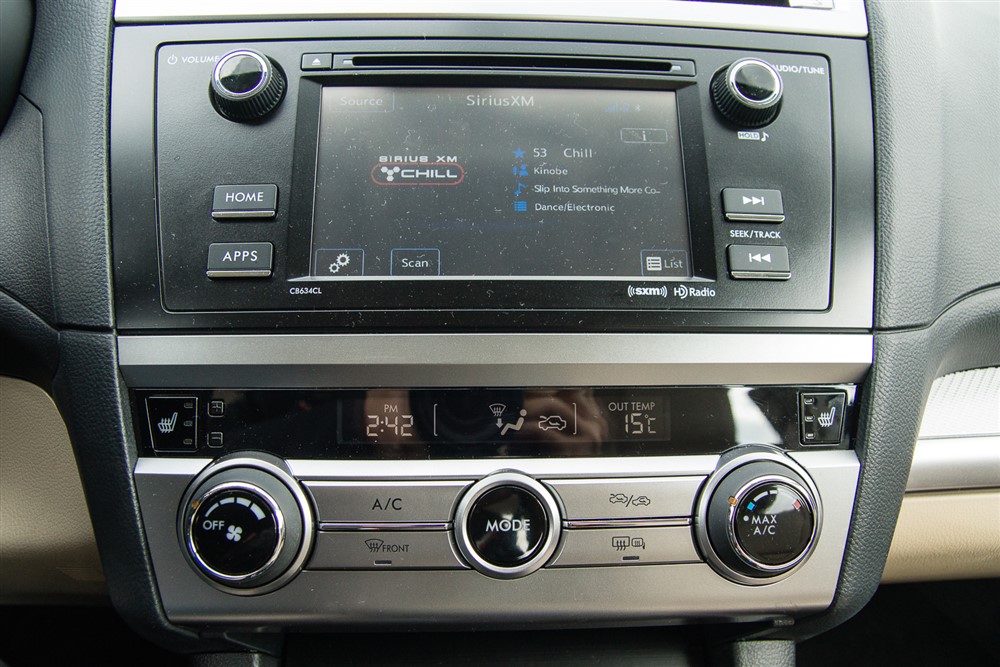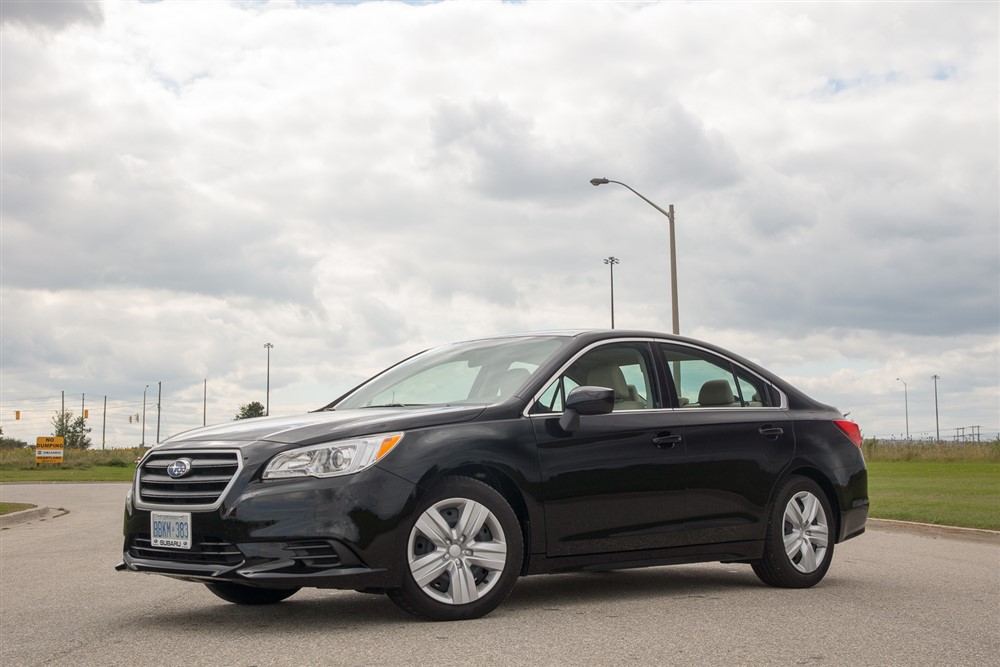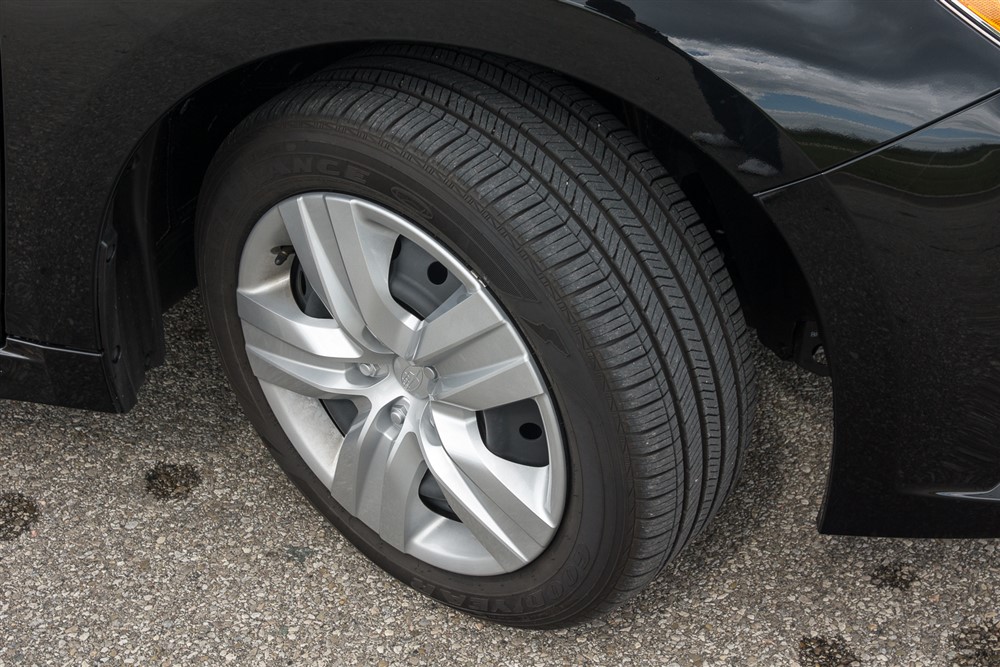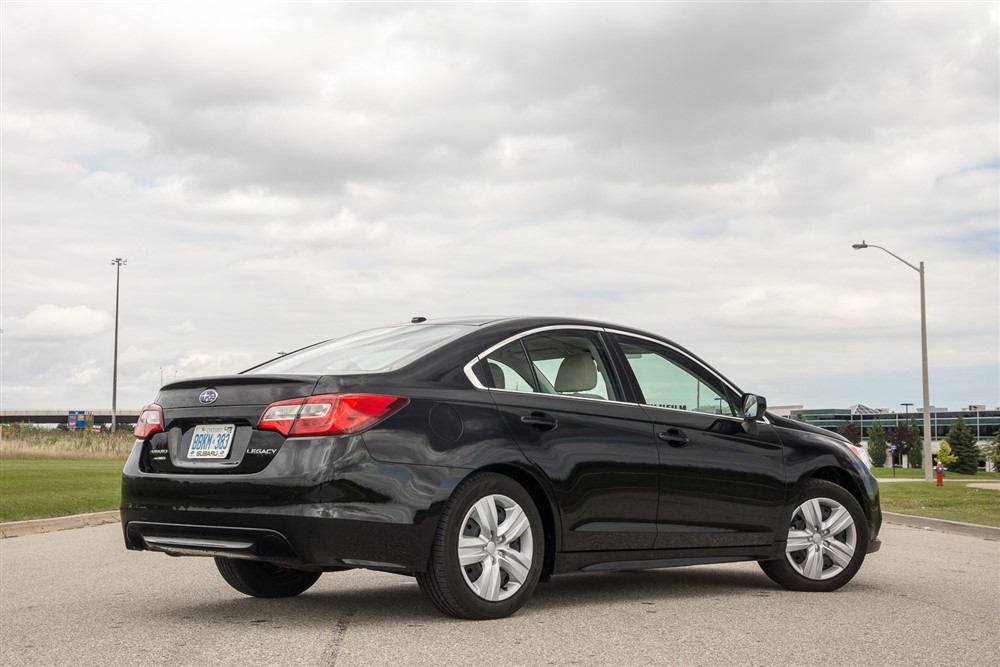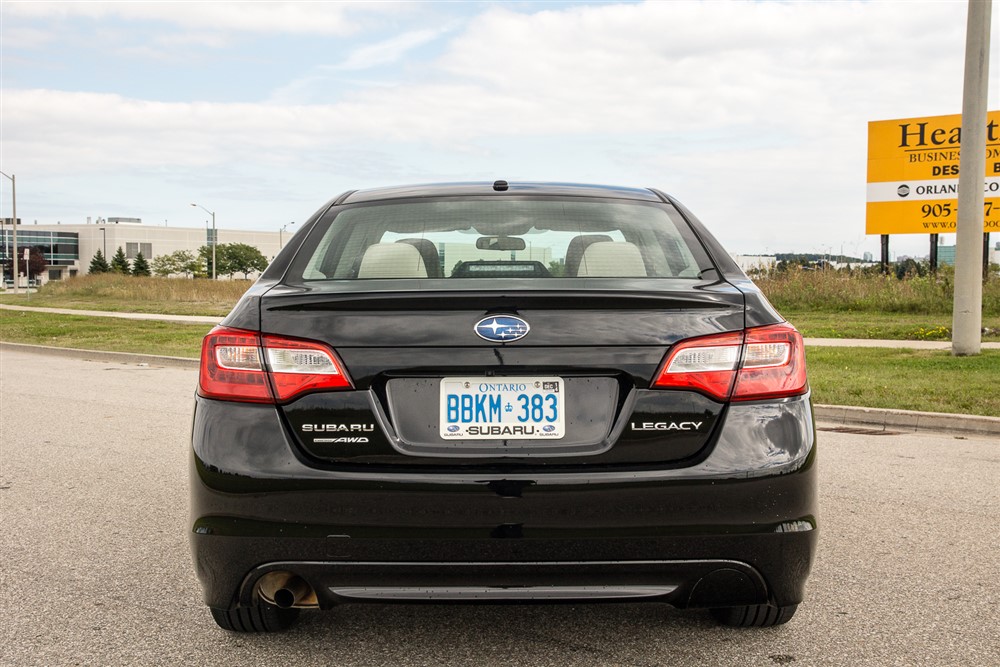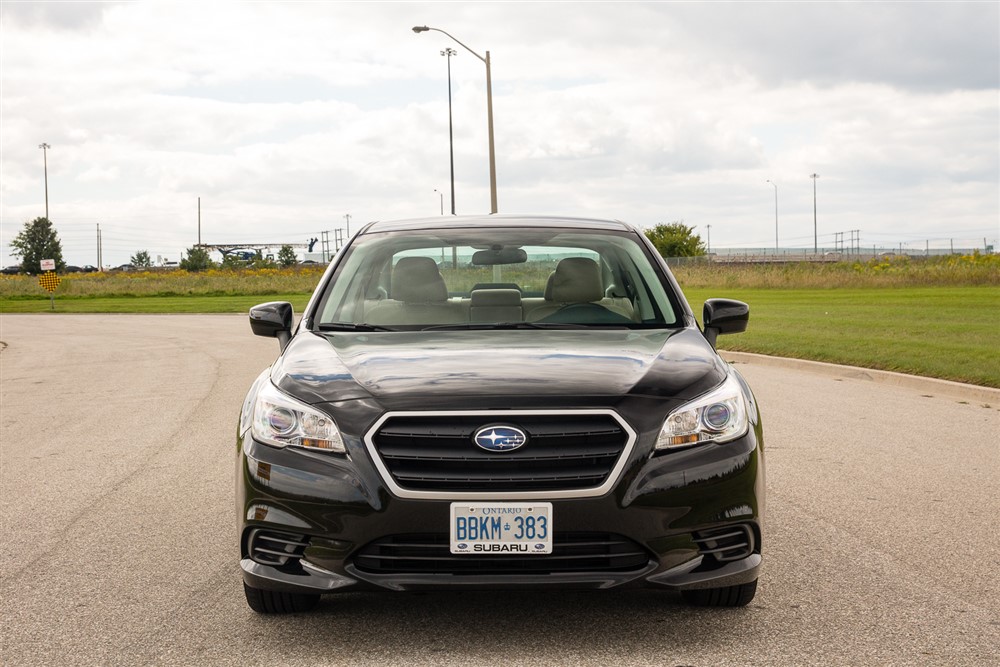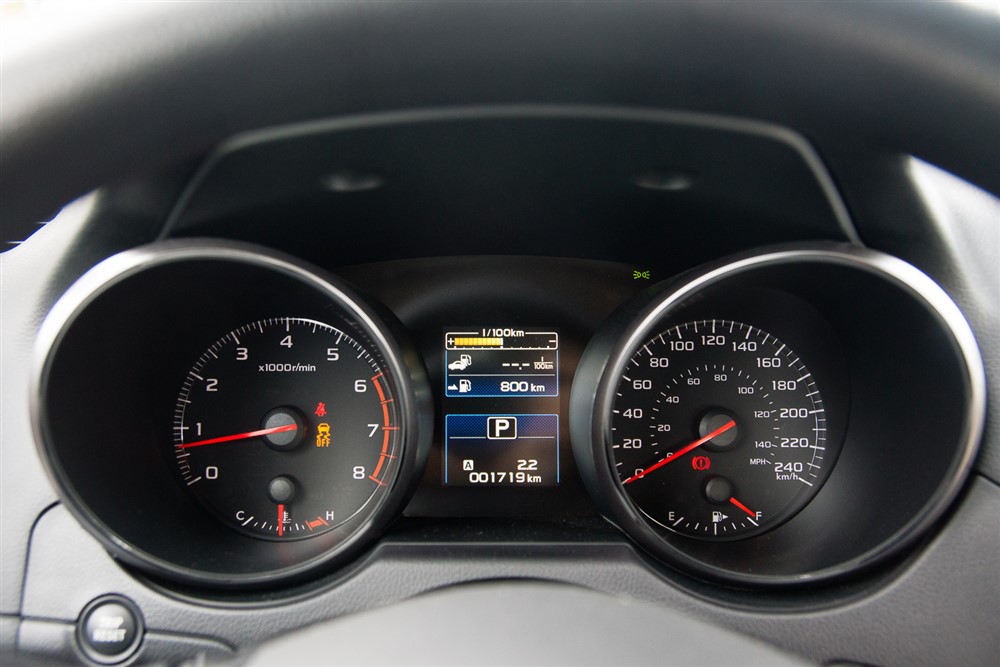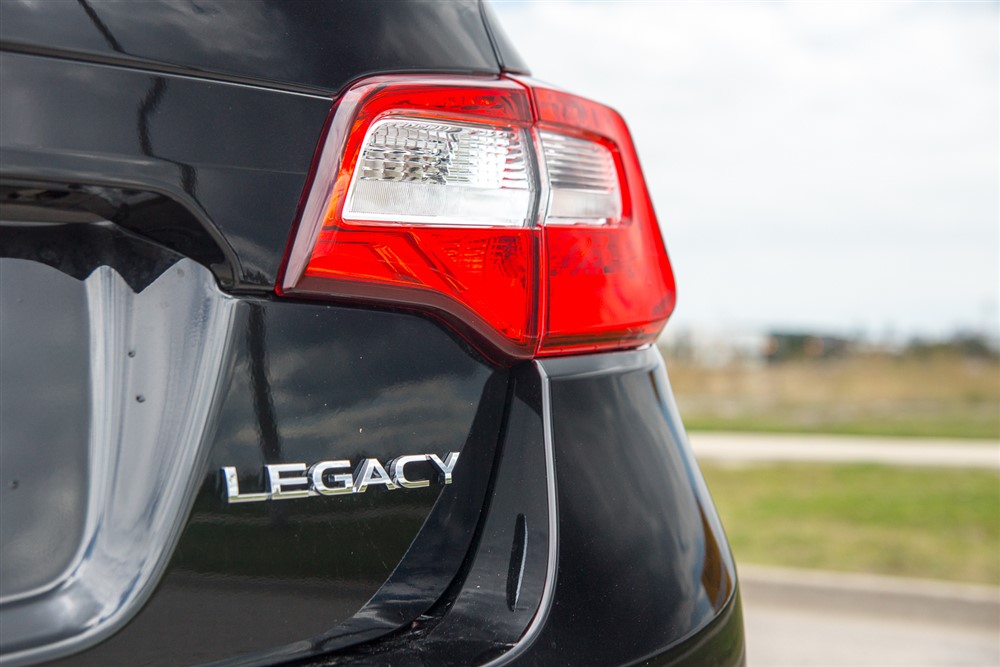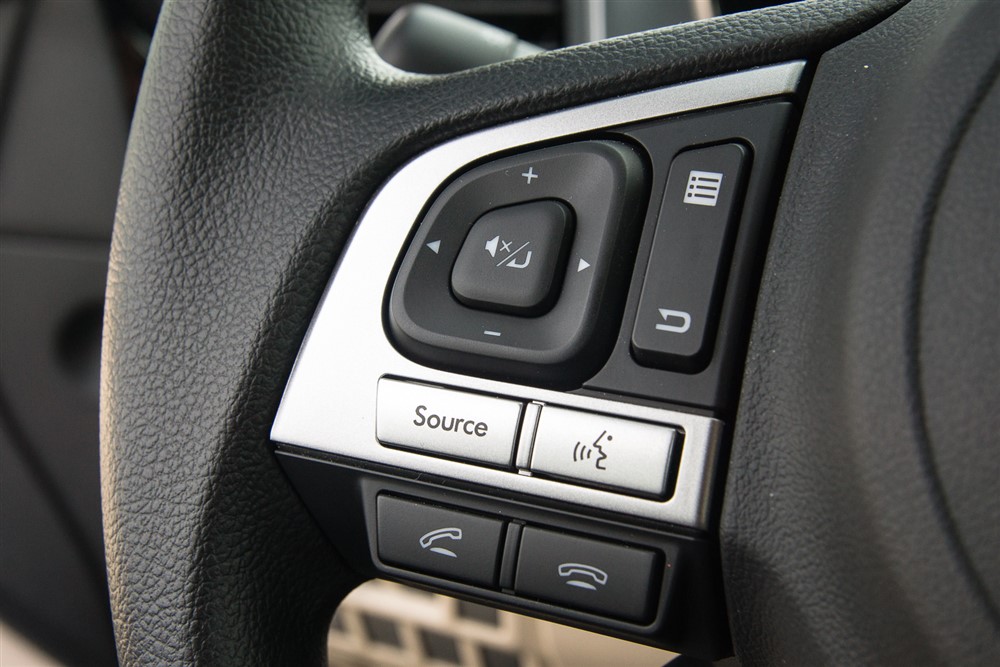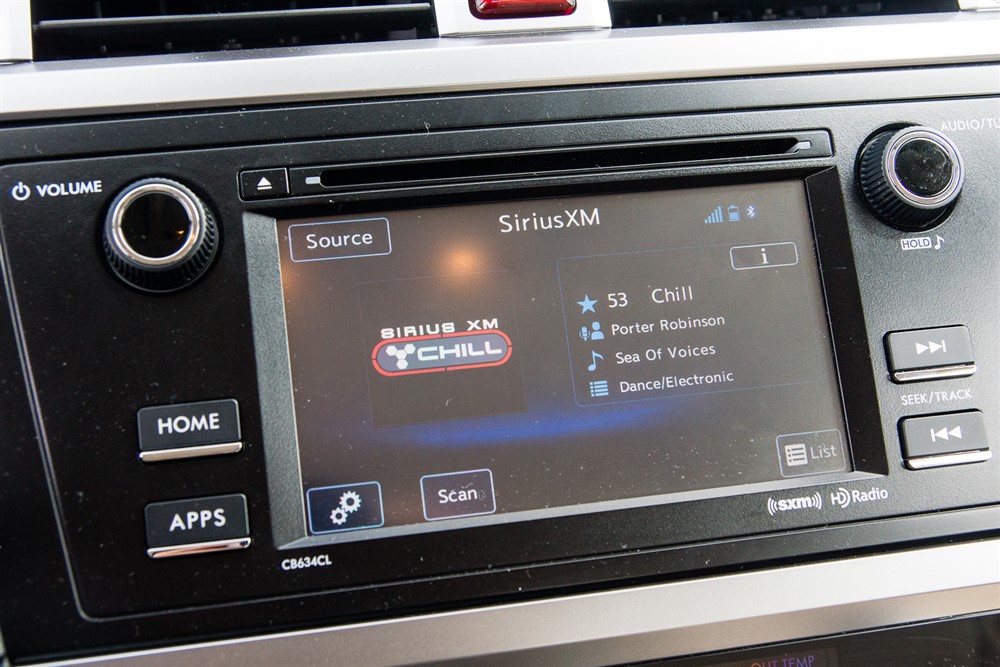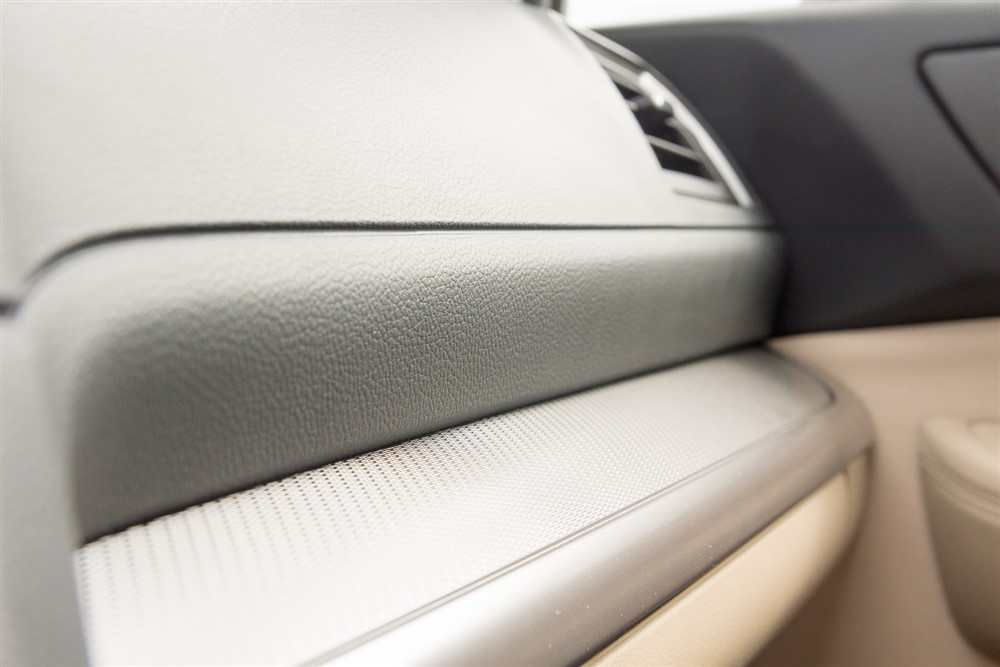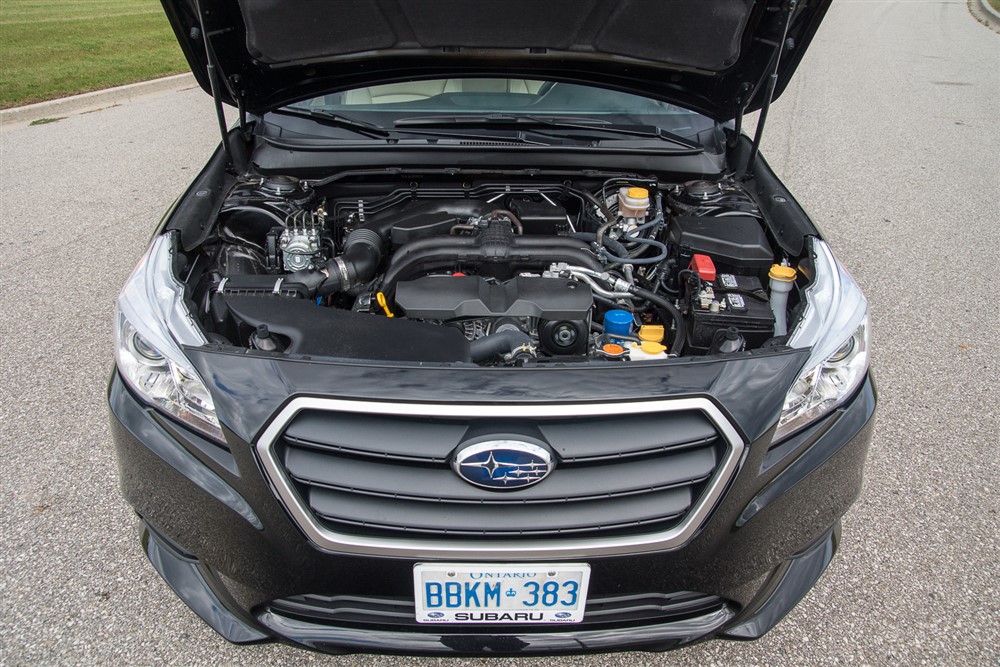The Subaru Legacy has been a quiet, slightly offbeat choice in the super-hot midsize family sedan segment. Just being in the same segment as the Toyota Camry and Honda Accord is enough to create some pause amongst their peers. Everybody has to play in this part of the market, because it can make up such a large portion of annual sales for the entire brand. The Legacy dates back to 1989, where boxy styling was the norm across the industry. What set it apart, and what sets all Subarus (except for the rear-drive BRZ) apart from the crowd are two things: all-wheel-drive and horizontally-opposed piston engines.
The Legacy, like all midsized family sedans, continued to keep up with the competition and consumer expectations. In particular, the 2004-2009 Legacy is often considered to be the most desirable, with its clean styling and the availability of the 2.5GT, powered by a turbocharged engine borrowed from the hot WRX STi. Clean examples still fetch a lot of money on the used market. The outgoing fifth-generation Legacy represented a big jump in size and somewhat of a departure of the traditional “Subaru way” of doing things. Its updated proportions brought it in-line with competitors like the Camry and Accord.
The 2015 Subaru Legacy was announced to a lot of muted excitement and high expectations. Being Subaru’s flagship car, there’s a lot riding on the Legacy’s success. The WRX and BRZ generate a lot of buzz from enthusiasts and the internet, but the Legacy (and the Outback, by extension) brings in the needed revenue for Subaru to produce cool stuff for the rest of us. This test is a little different: I picked up the keys to both a base Legacy 2.5i, painted a shade of Crystal Black Silica, and a Venetian Red Pearl Legacy 3.6R Limited, loaded up with the Technology Package.
I consider myself to be a part of the group that really liked the fourth-gen Legacy. It looked great (and its styling still looks good today) and checked all the right boxes: turbocharged power, all-wheel-drive, manual transmission availability, and decent-enough practicality. To many enthusiasts, the new Legacy would be compared to the benchmark, if you will. The fifth-generation Legacy that succeeded it was a little awkward to look at, with its upswept headlights and exaggerated fender flares. I understand people don’t really buy Subarus for their aesthetics, but I do believe its slightly awkward looks kept it away from being a huge sales success.
The new 2015 Legacy fixes all of the above, with a fresh and modern design that many would consider handsome. It’s also a design that should age pretty well. Some have mentioned its front grille – its size and shape are very similar to the current Ford Taurus. Change the emblem and you may fool a few bystanders. The rest of the car speaks Subaru’s current styling language, complete with the LED boomerangs in the headlights that act as the parking lights. The low sills and small helper window ahead of the side mirrors improves visibility. The rear end of the car is treated to LED taillights, and depending on your engine choice, you’ll get either a single outlet exhaust (2.5L models) or a dual outlet exhaust (3.6L models).
As far as my test cars go, the base model 2.5i I checked out sits at the bottom of the Legacy range – plastic wheel covers are standard issue here. It rides on 225-section tires wrapped around 17” steel wheels. The up-level 3.6R Limited steps that up to an 18” two-tone aluminum wheel. HID headlamps are available on Limited packages, regardless of what engine you choose.
Inside, the 2015 Legacy makes a huge jump over the previous model. People know Subarus of years past to be fairly spartan in their interior appointments. Function over form was the rule, so direct comparisons with competitors left previous Subarus behind with their slightly cheaper-feeling interiors. As we’ve seen in the new WRX, interior quality is up by a significant margin, with nice-feeling materials where they matter and lots of padding where your elbows land. What I liked is the simplicity in design – legible gauges, easy-to-operate heater/air-con controls, and straight lines. Too many manufacturers nowadays are “over-designing” their interiors in the hopes of looking more upscale, instead ending up looking a little too busy. I much prefer buttons to touch interfaces, but there needs to be a balance. Subaru has maintained the functional aspect of the human interface, but has caught up in the first-impressions department.
The Legacy 3.6R does make use of a touch interface in the integrated audio and satellite navigation function, but there are enough redundant buttons to make access easy at a glance. While the exterior footprint of the Legacy hasn’t changed very much, the interior packaging is improved in all directions, keeping the Legacy competitive in its class. What I noticed right away upon sitting in the driver’s seat (leather, in Limited models) is its excellent thigh support, by way of a long lower cushion. Those with longer legs should feel pretty comfortable for longer drives.
Opting for the Technology Package gives you Subaru’s EyeSight option. This mounts two cameras on each side of the rear-view mirror, pointing forward. These two cameras work together to give you adaptive cruise control, pre-collision braking, and lane departure warnings. The adaptive cruise control function makes EyeSight a unique feature in its class. Most others just provide blind spot assistance if you opt for it.
Under the hood is where the biggest difference lies between the bottom and top of the Legacy range. The base 2.5i is powered by a 2.5L horizontally-opposed “Boxer” four-cylinder gasoline engine. Codenamed FB25, it is good for 175 horsepower and 174 lb-ft of torque. You have the choice of a six-speed manual (not offered south of the border!) or a CVT. The up-level 3.6R six-cylinder engine, produces 256 horsepower and 247 lb-ft of torque. Neither engine features complicated trickery such as turbocharging or direct injection – this is not a bad thing.
For several years, people would grumble when a new car would be announced – but only with a CVT. Some of the grumbling is justifiable, as early CVTs (even the ones from Subaru a few years ago) left many people wishing for a better experience on a day to day basis. The “rubber band” feel that people quickly associated with CVTs would be hard to overcome, but with enough time, I think Subaru is one of the few to have figured it out.
My 2.5i test car was equipped with the CVT (the only option selected), and quite honestly, it’s the best-feeling CVT I have experienced to date. When you’re loafing around, it does its usual CVT magic, varying the revs based on speed and load. When you dip further into the throttle, beyond the 40% point, the CVT programming changes to simulate stepped gears. The CVT in the new Legacy 2.5i feels and behaves like a true traditional automatic transmission should. So surprising, it’s simply the best I’ve seen to date – the competition should be on alert.
The 3.6R doesn’t feel quite the same way. It still simulates stepped gearing beyond a certain throttle percentage, but the “shifts” aren’t as crisp as they are in the four-cylinder model. On the flipside, with much more torque, you shouldn’t have to dip into the throttle as much to get moving at a good pace. The CVT in the 3.6R does a good job smoothly feeding power to the wheels, and improving overall fuel efficiency.
I had the chance to take my 2.5i tester to some good roads north of the city. It happened to be raining quite heavily, too. I had a colleague follow behind in a current-generation Mazda MX-5 Miata (top up, unfortunately). I was able to set the pace of our run down these twisty roads, and I not once did I feel like the Legacy would let me down. Its all-wheel-drive made for good traction out of reverse-cambered corners, and its balanced chassis was communicative enough to let me know what was happening on the pavement. The Lineartronic CVT was a good partner, too. Who would have guessed I would have so much fun in a family-sized people carrier?
Subaru has been promoting its fuel-efficiency improvements with all their newest models. They’ve made big strides in improving the efficiency of their engines, so that the added drag and weight associated with their all-wheel-drive hardware isn’t a big deal. The Legacy 2.5i with the CVT is rated at 9.0L/100km in the city and a strong 6.5L/100km on the highway. The highway rating, in particular, is very competitive with the Honda Accord, but the Subaru manages that with two more driven wheels – impressive. I managed an average of 8.3L/100km over about 700km worth of mixed driving. Another bonus with the 2.5i: its excellent efficiency combined with the large 70L fuel tank makes for some seriously excellent range. 700km on one tank is nothing to sneeze at.
The 3.6R, as expected, is a little thirstier. With a lot more displacement and power output, Subaru rates it at 11.9L/100km in the city and 8.2L/100km on the highway. After 500km of mixed driving, the indicated average was 10.9L/100km. The 3.6R trails a little bit behind its competitors here, but the upside is the super smooth power delivery. Regardless of what engine you choose, you’ll be able to use regular fuel.
The value quotient is something Subaru has had to work on, as well. Many people assume that with the standard all-wheel-drive, base prices will be higher than its competitors. This is not really the case when you do a little bit of digging. The base 2.5i with the CVT added on is $24,795 before dealer fees, freight, and taxes. An equivalent base Honda Accord with the CVT is $24,350 – a delta of $445. That’s not a bad premium to pay to get all-wheel-drive, which is a priority to a lot of people. The Camry is a bit more affordable, and you can only get it with an automatic transmission.
The 3.6R Limited tester was also equipped with Subaru’s EyeSight driving assist system as part of the Technology Package. It stickers for $35,395 before dealer fees, freight, and taxes. This undercuts the Honda Accord V6 Touring by a small amount but can’t come close to the Camry XLE V6 or Nissan Altima 3.5SL – the value leaders if you’re looking for six cylinders. Then again, none of the above are available with all-wheel-drive.
Similar to my feelings about the Subaru Forester, I like the Legacy a lot. The fresh styling is attractive, understated, and should still look good ten years from now. The interior isn’t over-designed but remains practical and functional, and the powertrains really impress. I think I’d actually prefer the smaller 2.5L engine, not only because you can opt for a six-speed manual (again, not available in the USA), but its efficiency and improved handling (versus the 3.6R) is well worth mentioning. The new 2015 Subaru Legacy, as a family, becomes my new choice in the midsize four-door sedan segment. It does everything well and should meet the needs of a lot of Canadian consumers. Subaru in North America is on a roll lately, with huge sales numbers and improvements year by year. The new Legacy should help them build on that success.
2015 Subaru Legacy 3.6R Gallery









